Wireless all-rounders
Put an end to tangled cables and get freedom of movement with the best Bluetooth headphones! These models connect wirelessly and can be ideally combined with modern electronics: All current smartphones such as the Apple iPhone or the Samsung Galaxy deliver music via Bluetooth, as do tablets, many notebooks, but also desktop computers. However, the latter usually have to be retrofitted with a so-called Bluetooth dongle. Even newer televisions send the TV sound to suitable headphones via Bluetooth.
When buying, pay attention to the technical details
Unlike older wireless headphones, Bluetooth wireless headphones do not interfere with other devices. And the sound quality does not have to suffer from wireless transmission. Depending on the Bluetooth device class, the theoretical range can be between 10 and 100 metres. Players and headphones communicate via a so-called profile (A2DP). Among other things, this profile determines which codec is used for transmission. In addition to the obligatory SBC, many manufacturers are increasingly using aptX from Qualcomm. This codec family is characterised by high sound quality at low transmission rates and very low latency (image-sound offset). Important: Both the player (smartphone, PC, TV, etc.) and the headphones must support the codec. If one cannot, the codec reverts to SBC (see above) as the lowest common denominator.
Bluetooth is constantly being improved and has been through several iterations from version 1.0 to 5.x. The improvements have led to higher transmission speed, higher quality, higher performance, higher transmission speeds, continuous improvements in security and lower power consumption.
Also suitable for telephony
Most Bluetooth headsets are also suitable for making phone calls. For this, you also need a built-in microphone and control buttons, for example for answering the call and adjusting the volume. The in-ear models either have the hands-free microphone and the control buttons integrated into the connection cable between the left and right earpieces or, in the case of true wireless models (click here for the best true wireless headphones), into the touch surfaces. The microphone and buttons on the over-ear and on-ear models are located in the earcups.
The biggest disadvantage of wireless headphones is that they require electricity for wireless reception. However, the integrated rechargeable batteries usually only last five to eight hours and then have to be recharged via a USB port. In the event of a power emergency, many headphone models can also be connected to a headphone output via a cable.

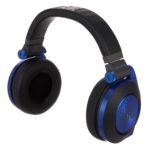

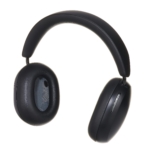

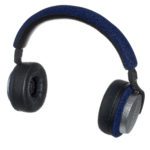

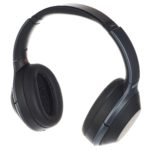
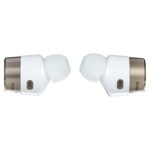

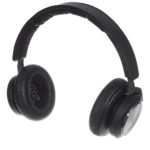
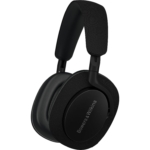
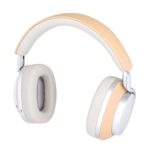

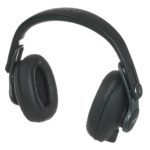
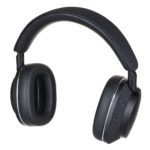
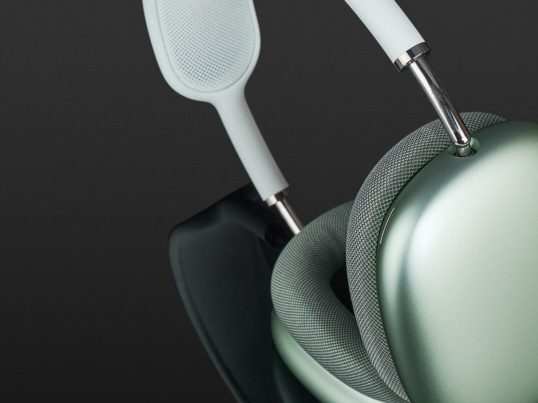 Best of: Apple
Best of: Apple
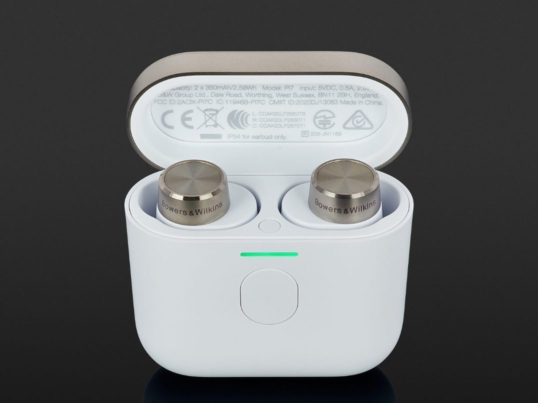 Best True Wireless In-Ear Headphones with Noise Cancelling 2023
Best True Wireless In-Ear Headphones with Noise Cancelling 2023
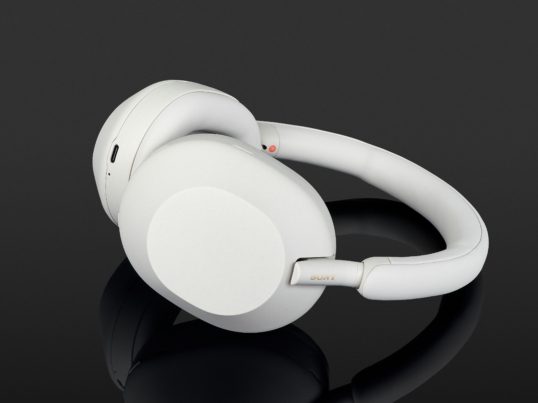 Best of: Sony
Best of: Sony





